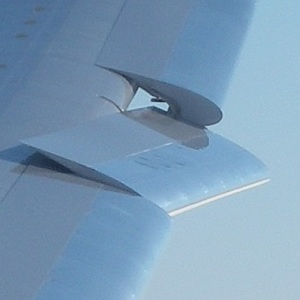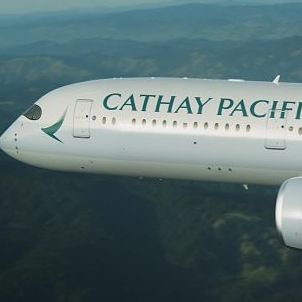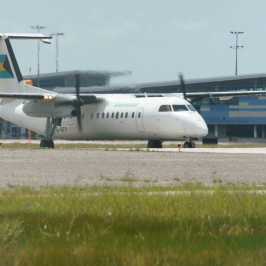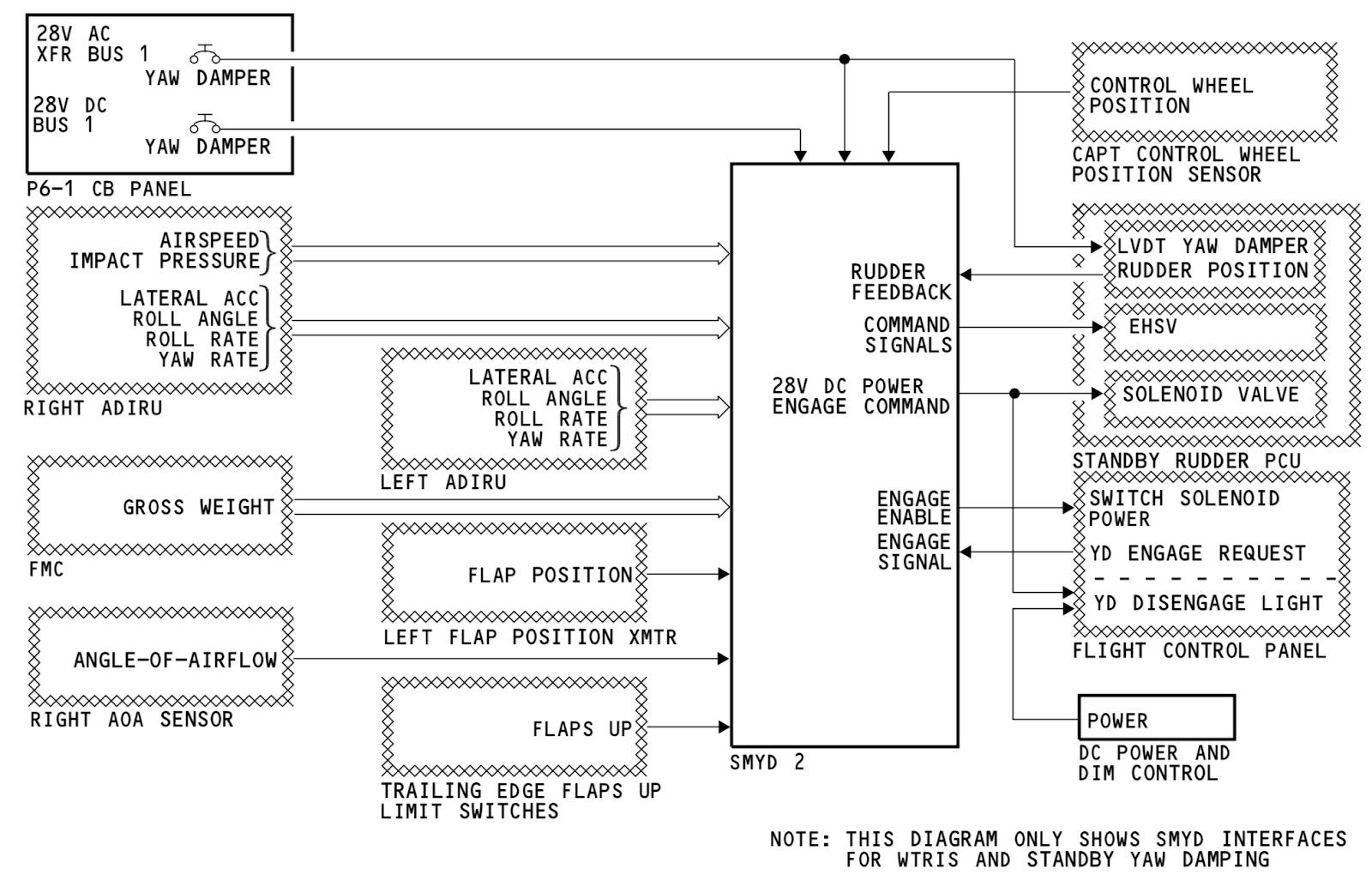fadecfault wrote:Obviously you don't have any sort of aircraft experience let alone 737 experience. I have nearly 20 years working on the 737 and I have worked the max.
I've stated my 15 yrs experience is in commercial aerospace software design. In what capacity is your nearly 20 years experience in? Judging by the defensive posture I'm guessing maintenance, which means you understand what LRUs exist on a particular aircraft, and how they are connected. You may even know how to run tests on different LRUs to determine if they're bad. But maybe you don't understand what makes some of these LRUs work.
fadecfault wrote:The notion they would show a NG diagram in a MAX training manual is ridiculous. It's blatantly clear to me the picture I posted is of a MAX because 1) The Symd locations have moved. 2) A SEU is in the place of where the symds would normally be. But then again I have the experience to know this.
I have no idea about the diagram you posted because you didn't include your interpretation of it, or even the context.
fadecfault wrote:So you can continue to listen to the talking heads on youtube who have little to no technical data or you can trust what I am saying because I have access to actual data.
You have access to actual data but you can't share because it's proprietary, even though you're posting under an anonymous id. I feel sorry for you but unless you can present a reference that I can look at, your experience don't mean squat to me. On the contrary, since your experience is Boeing specific, I'm inclined to consider what you have to say with a grain of salt. And if the discussions on a.net are getting to you, perhaps you should move on to something else.
fadecfault wrote:The symd functionality has not changed from NG to MAX and is not even mentioned in the differences manual but you want claim otherwise with no actual information to back it up. No your diagram does not show the stick shaker system, No I can not and will not post the boeing SSM because it's propriety information.
I've already conceded the SMYD could be a separate LRU, since (a) it's depicted as such in the system diagram with a connection to the ADIRU, and (b) it doesn't really have any relevance to my theory on the ADIRU.
You seem to be stuck on the SMYD. Yet you haven't acknowledged yet what I have to say on the other things.

















